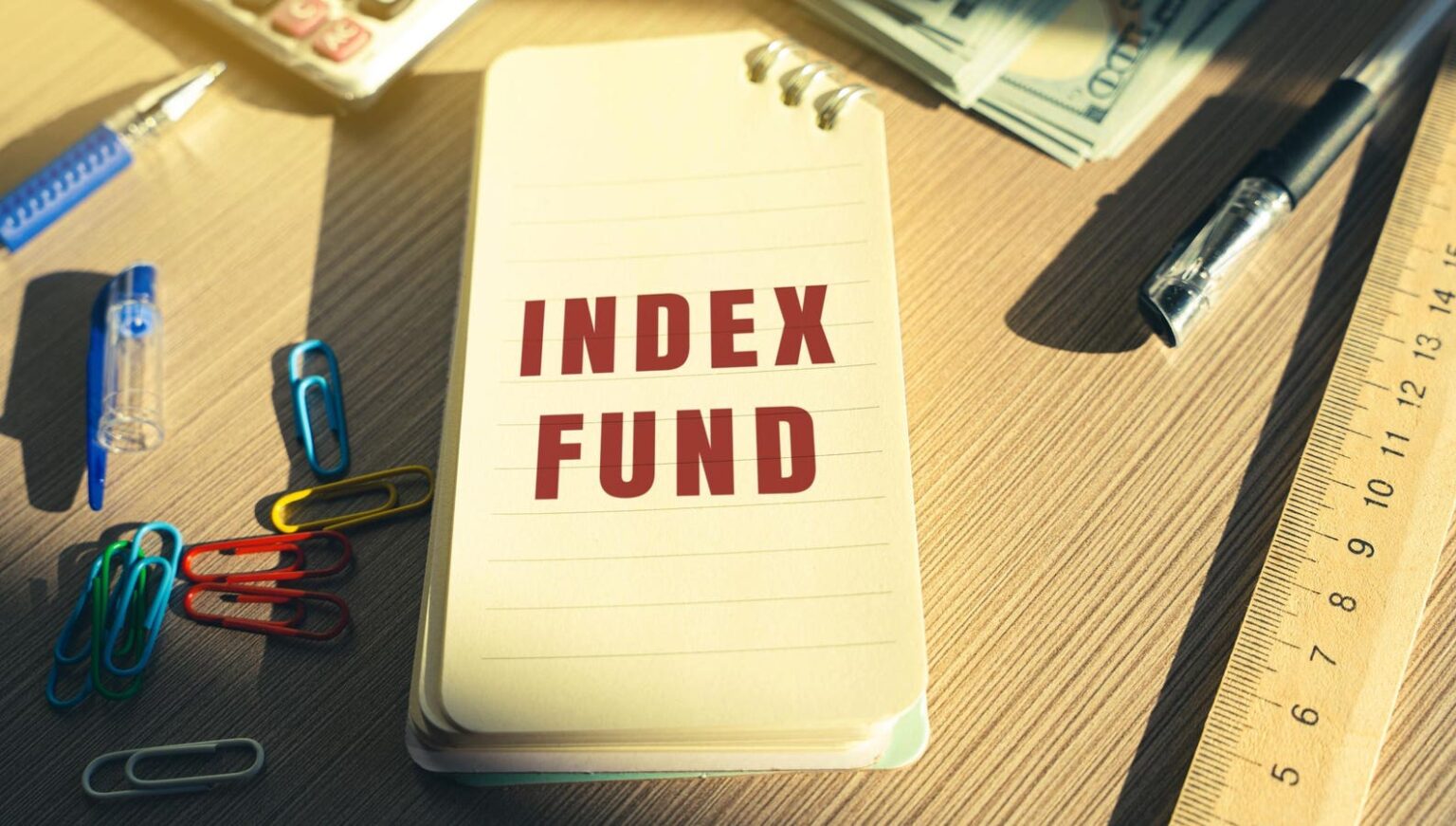As 2023 winds down to a close, our attention as investors turns to the coming year. What investment vehicles, in which sectors, are going to serve us best in 2024? While none of us have a crystal ball that will reliably show us the future, we can all use some common sense and careful planning to head into the new year with confidence. In this article I will explore four index exchange-traded funds you may want to consider when researching S&P 500-driven approaches.
S&P 500 Index Funds Explained
You can’t invest directly in the S&P 500 or any other index. So instead, you can access the collection of stocks in an index by buying an exchange-traded fund (ETF). An index fund is simply an investment vehicle that tracks an index. While Index funds are available in both mutual fund and exchange-traded fund form, this article will focus on ETFs. The main difference between mutual funds and ETFs is that mutual funds are traded based on the price set at the end of the day, and ETFs can be bought and sold throughout the day, like stocks can.
The S&P 500 Index is cap-weighted, as are the majority of the funds that track it, which means that the amount of each holding is based on the size of the stock. Following years in which technology stocks have dominated stock market performance, S&P Index funds are heavily weighted towards that sector.
Definition
The S&P 500 Index measures the performance of the top 500 companies in the U.S., by value. S&P 500 Index funds are investment funds that invest in the 500 companies of the S&P 500 or a subset of those companies.
Key Advantages
The S&P 500 is one of the best representations of the stock market in the U.S. as a whole. The stock market has experienced many downturns over the years but, unlike individual companies, the entire stock market does recover from recessions and crashes. Since the S&P 500 companies account for 80% of the U.S. stock market, investing in an index fund based on this is generally seen as a proxy for investing in the full U.S. stock market. Of course, this also means that while your investment will perform no worse than the S&P, it will also perform no better.
Investing in stocks is one of the best moves you can make to grow your wealth. Take a close look at the stocks recommended by the Forbes investment team in this exclusive report, Best Stocks To Buy For 2024.
The Best S&P 500 Index Funds Of 2024
There are many ETFs that use the S&P 500 index or some derivation of it as a baseline for the holdings within the fund. I’ve chosen four ETFs for this article. (For more see How To Build An Index Fund Portfolio For Income.)
1. SPDR S&P 500 ETF
SPY
SPY
- Recent price: $448.73
- Assets: $420 billion
- Number of holdings: 504
- Capitalization weighted
- Expense ratio: 0.09%
- Dividend yield: 1.5%
Fund Overview
SPY is the first-ever U.S. ETF, and the most popular. Established in January 1993, SPY has been traded on the market for 30 years. The ETF’s assets grew from $6.8 million to more than $1 billion in the first three years and are now more than 400 times the latter amount. SPY has remained the “gold-standard” for ETF investors, who use the performance of SPY to compare other stocks or ETFs for risk and return. You can trade this ETF on multiple platforms. For those looking to use the options market as part of their investing approach, SPY also has the most liquid options market among S&P 500 Index funds.
2. iShares Core S&P 500 ETF
IVV
IVV
- Recent price: $450.83
- Assets: $369 billion
- Number of holdings: 507
- Capitalization weighted
- Expense ratio: 0.03%
- Dividend yield: 1.5%
Fund Overview
Of the four ETFs discussed here, IVV has the lowest expense ratio. This fund was created by BlackRock
BLK
3. iShares S&P 100 ETF
OEF
OEF
- Recent price: $212.55
- Assets: $11 billion
- Number of holdings: 105
- Capitalization weighted
- Expense ratio: 0.2%
- Dividend yield: 1.3%
Fund Overview
OEF starts with the S&P 500, then removes the 400 smallest companies, leaving it with the 100 largest stocks from that 500 stock index. Since the S&P 500 is so top heavy, the top 100 are the majority of the full 500. OEF makes this list because it allows investors to more easily track the stocks they own. A list of 100 can be followed more efficiently than 500. OEF is a good alternative to an ETF like SPY, which tracks the full 500 stocks. However, be aware that this also means its investment is very concentrated towards the top 10 holdings of the S&P, since OEF’s top 10 holdings account for almost 47% of the total value of the fund.
4. Invesco S&P 500 Equal Weight ETF
RSP
RSP
- Recent price: $146.14
- Assets: $40 billion
- 505 Holdings
- Equal weighted allocation
- Expense ratio: 0.20%
- Dividend Yield: 1.8%
Fund Overview
For investors concerned about the top-heaviness of the traditional S&P 500, Invesco S&P 500 Equal weight ETF is a good alternative. This ETF holds a bit of each company in the S&P 500, which means that the 505 holdings are each less than 1% of the total fund. Since the very largest S&P 500 stocks do not pay high dividends, or pay no dividends at all, RSP’s weighting methodology produces a higher dividend yield than SPY and IVV.
Investing in stocks is one of the best moves you can make to grow your wealth. Take a close look at the stocks recommended by the Forbes investment team in this exclusive report, Best Stocks To Buy For 2024.
Methodology Used
I have been investing in ETFs since SPY debuted in 1993, both as a professional investor managing other people’s assets, and for my own investment work. This short list is intended to make investors new to S&P 500 Index funds aware of the most popular choices, as well as a couple of ETFs that I consider to be interesting, similar funds that are alternatives to the traditional capitalization weighted index.
Why S&P 500 Index Funds?
Investors who are looking for a straightforward, popular long-term investment could consider S&P 500 index funds, especially those investors who prefer a hands-off, passive indexed approach. S&P 500 index funds contain hundreds of stocks, removing the burden of doing individual stock research. Additionally, all four of the ETFs listed in this article are passively managed funds, which keeps expense ratios down since indexing is lower than the costs involved in paying a team of humans to actively manage the assets.
Bottom Line
The S&P 500 has long been considered the strong representation of the U.S. stock market as a whole. Investing in the S&P 500, by investing in one of the index funds that track it, can be a long-term or short-term strategy for investors looking ahead to 2024.
Read Next
Investing in stocks is one of the best moves you can make to grow your wealth. Take a close look at the stocks recommended by the Forbes investment team in this exclusive report, Best Stocks To Buy For 2024.
Read the full article here










